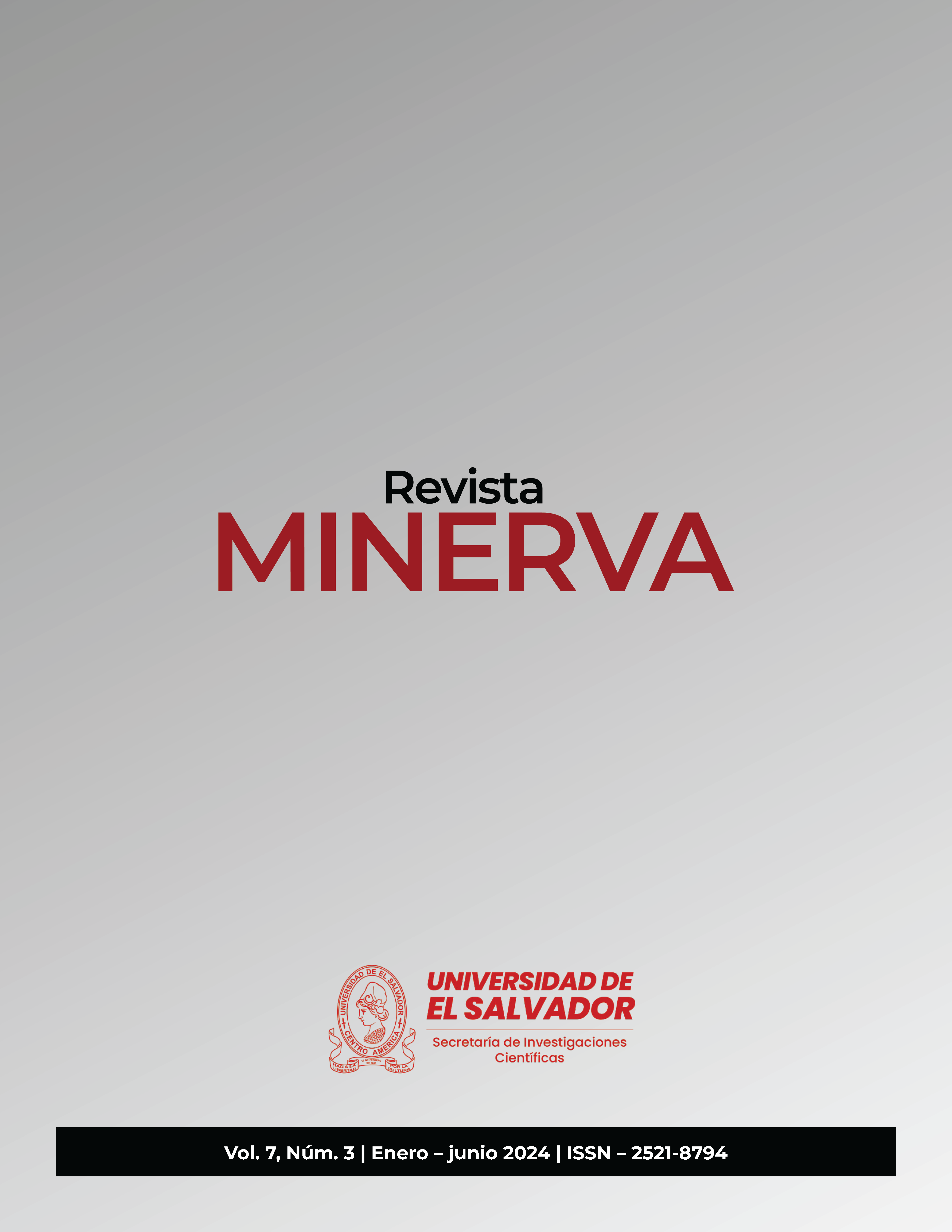Influence of the ratio “porosity-generating agent versus sol” on the adsorption capacity of hydroxyapatite-based materials (HAp) to remove Cd2+ dissolved in water
DOI:
https://doi.org/10.5377/revminerva.v7i3.18902Keywords:
hydroxyapatite, water decontamination, toxic metals, adsorption processAbstract
Water pollution is one of the main environmental problems currently, research continues on processes to decontaminate it, among them, the adsorption method has technical and economic advantages that make it attractive for industrial application. Based on the above, this work has investigated the synthesis of hydroxyapatite-type materials from food industry wastes and their application as adsorbents of toxic metals dissolved in water. Different characterization techniques were utilized to analyze the physical and chemical properties of the materials. It was found the relationship between the amount of porosity-generating agent and the amount of sol (Sol. C) influences the properties of the synthesized materials (i.e. surface area, pore-volume, chemical composition). The materials synthesized from mollusk shells showed good adsorption capacity, but the materials synthesized from eggshells stood out with high adsorption percentages after short residence times. Relationship values between the amount of porosity-generating agent and the amount of sol, 0.25-0.50 generated solid materials with optimal properties. It is concluded that the synergy between physical and chemical properties is the key to the effectiveness of the adsorption process.
160


